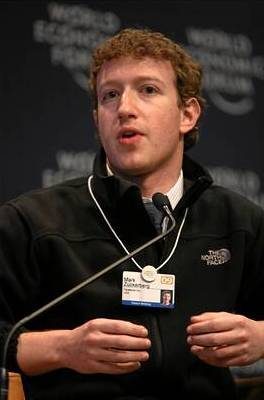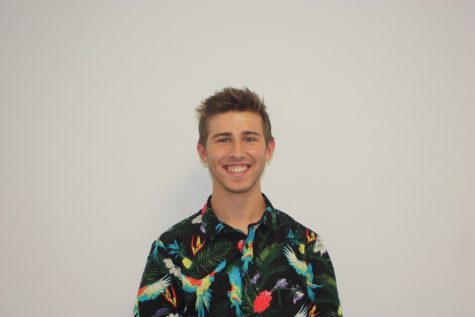$3 Billion…To Save Lives or Die With a Dream

Mark Zuckerberg and his wife, Priscilla Chan, recently invested $3 billion in an audacious attempt to be disease-free in 100 years. On September 21, the couple announced their Chan-Zuckerberg Initiative would try to “cure, prevent, or manage all diseases by the end of this century.”
Last year, Zuckerberg and Chan announced the birth of their daughter, Max, along with a promise to give away 99% of their Facebook shares in their lifetime. This pledge of $3 billion has been the first donation to achieve their goal. His first sum of money is working toward the development of BioHub, a $600 million research facility in San Fransisco combining the great minds of Stanford, the University of California, Berkeley, and the University of California, San Francisco.
Zuckerberg and Chan’s dream may seem unrealistic, but Zuckerberg argues the idea is quite possible. His argument is founded on the basis that with advancements in technology come advancements in science and health. Over the past 100 years, greater technologies have led us to vaccines and a better understanding of genetics, both of which have spared hundreds of millions of lives. If the ability to solve medical mysteries is growing at an exponential rate, then shouldn’t scientists cure all the remaining diseases if enough money is thrown their way? It is with this belief that Zuckerberg’s dream may not hold up.
Accessibility to funding alone does not guarantee success. Journalists like Alex Berezow point out that people indulged in the world of tech and tech startups may have unrealistic expectations. They strongly believe that they can achieve anything with sufficient amounts of money. Money, sadly, can not buy everything. Zuckerberg’s $3 billion follows in the footsteps of many other large-scale funding operations. Bill Gates, through his Bill and Melinda Gates Foundation, has donated over $10 billion to support Africa. His research and aid focus on life-threatening, (so far) incurable diseases, such as HIV. His donation, 3x that of Zuckerberg and over 10 years earlier, has produced incredible discoveries yet still no cure. Two years ago, the ALS Ice Bucket challenge swept the nation’s social media, raising a combined $115 million for medical research. Two years later, all scientists have to prove for the funding is the discovery of a gene which causes ALS in 3% of cases. The largest scientific funding flows from the people through government sponsored research. United States government programs have spent over $100 billion per year for the last 10 years towards medical research. Research has been conducted regarding cures for cancer, heart disease, neurological disorders, and just about every other problematic disease in the United States. Hardworking scientists have uncovered groundbreaking results, but it would be foolish to say anyone has come close to a reliable cure. Although Zuckerberg’s gift was extremely generous, his $3 billion looks much less significant next to the $1 trillion spent by the U.S. government.
For decades, vast amounts of time and money have gone towards medical research. The human body is a complex machine; to discover its inner workings takes time, genius, and luck. Man’s mysteries may forever remain…mysteries. There are some divine workings of the body which are too sophisticated for comprehension by man’s limited mind. To imagine a world in which every disease was curable is fantastical.
While we praise Zuckerberg for his unselfish charity, his benevolent vision should come with much doubt by the American people. A line must be drawn between ambitious, realistic goals which push society forward and those which create a false expectation and misleading hope. Humanity, however, may still look forward to the medical progress to come within the century. Hopefully, even more will realize the potential in medical funding, but those who do will give with hope for a cure, not an expectation for one.

Hey there! The names Carter Rodny but you may refer to me as little man if you'd like. Here at the Jetstream, I am co-creator of the Humor Column. I...








Cole Pearne • Oct 18, 2016 at 12:56 pm
Wow! It would be amazing to be disease free in just one hundred years.
Joseph Cordaro • Oct 18, 2016 at 12:44 pm
Wow, who knows maybe this will be the turning point in medicinal research.
Jonathan Flat • Oct 18, 2016 at 12:42 pm
Is Zuckerberg being realistic in his aspirations, or is he too ambitious?
Avery Rodny • Oct 18, 2016 at 11:57 am
Interesting story, I like the title.
Luke Negley • Oct 18, 2016 at 11:57 am
Well done carter
Calvin Yocum • Oct 18, 2016 at 11:53 am
I find it very interesting that such a large amount of money can ultimately be so minute. Great story!